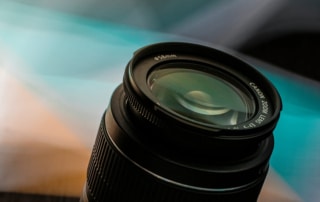Understanding The Tech Around Long Term Time-lapse: Let’s Break It Down For You
When you think of photography most people’s thoughts are around the use of a single camera. However professional long-term time-lapse photography requires the use of a number of hi-tech components, including hardware and software, that make up a whole system seamlessly working together to achieve desired outcomes.

